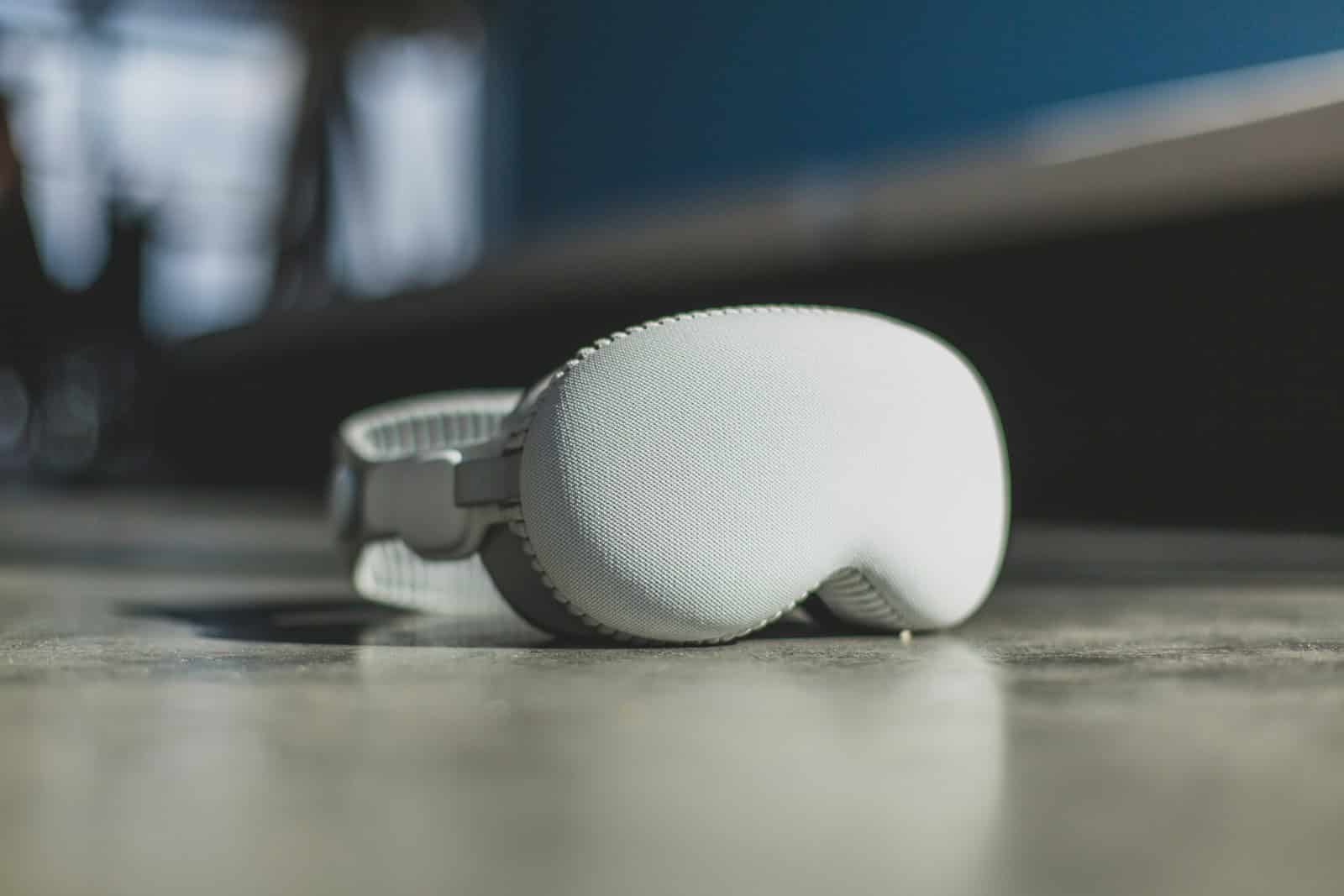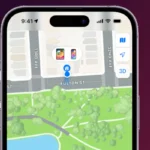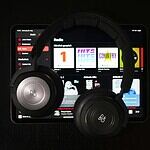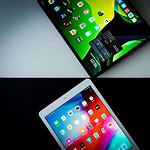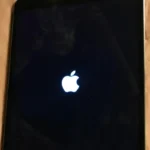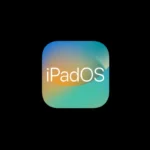Apple plans to launch its second-generation Vision Pro headset and a more affordable (rumored to be around $2,000) model by 2026, aiming to meet market demand for lower-cost AR and VR options. These new products are designed to democratize access to advanced technology and strengthen Apple’s position against competitors.
The success of these offerings will depend on balancing affordability, quality, and appealing features, as the AR/VR landscape continues to evolve with new advancements and entrants.
Vision Pro 2: What We Know So Far
Release Date Shifts
Recent reports suggest Apple has adjusted its timeline for the second-generation Vision Pro. Originally anticipated in 2025, the release is now projected for 2026. This shift aligns with information from reliable sources like Bloomberg’s Mark Gurman, who has a strong track record of Apple predictions. While Apple hasn’t officially confirmed this change, several factors may contribute to the delay.
Possible Reasons for the Delay
Several factors could explain the later release date.
Focus on a More Affordable Model
Apple seems to be putting significant effort into developing a less expensive version of the Vision Pro. This strategy aims to make the technology accessible to a broader consumer base. Prioritizing the development and launch of this more affordable option could naturally push back the release of the higher-end Vision Pro 2.
Technological Advancements and the M5 Chip
The Vision Pro 2 is expected to feature an upgraded M5 chip. Integrating new hardware and optimizing its performance takes time. Apple might need more time to refine this technology and ensure a smooth user experience. This new chip will likely bring increased processing power and improved efficiency.
Market Analysis and Strategy
The initial reception and sales figures of the first-generation Vision Pro will likely influence Apple’s strategy for its successor. The company might be carefully assessing the market’s response to the current model before launching a new, potentially more advanced version. This measured approach allows Apple to refine its marketing and development strategies.
Key Rumored Features
While details are still emerging, here’s a summary of features rumored for the Vision Pro 2:
| Feature | Details |
|---|---|
| Upgraded Processor | Expected to feature a more powerful M5 chip. |
| Improved Displays | Potentially higher resolution and refresh rate micro-OLED displays. |
| Enhanced Eye Tracking | Further refinements to the eye-tracking technology are expected. |
| Connectivity | Potentially improved wireless connectivity. |
The delay could allow Apple to incorporate additional improvements and innovations, making the Vision Pro 2 a more compelling product when it eventually launches.
Short Summary:
- Apple’s Vision Pro 2 and a budget-friendly headset are expected by 2026.
- The cheaper model could retail around $2,000, significantly less than the Vision Pro’s $3,499 price.
- Apple aims to enhance accessibility and compete against rivals in the AR/VR market.
In a recent disclosure, tech analyst Mark Gurman from Bloomberg has indicated substantial developments in Apple’s upcoming virtual and augmented reality (AR/VR) headset lineup. He anticipates the release of the Apple Vision Pro 2 along with a more economical model, simply referred to as the Apple Vision, set to hit the markets in 2026. This strategy aligns Apple’s vision with a broader audience, aiming to make spatial computing more approachable. The tech giant faces increasing competition from similar devices offered by competitors like Meta, Sony, and Samsung, necessitating a diverse range of options for consumers.
The Apple Vision Pro, which debuted at the Worldwide Developers Conference (WWDC) in June 2023, is known for its premium price of $3,499, which has positioned it as a niche offering. The forthcoming Apple Vision aims to penetrate a more extensive market segment by offering significant price reductions—estimated to be around $2,000. This entry-level pricing reflects Apple’s acknowledgment of the device’s high barrier to entry for everyday consumers.
Launch Timing and Anticipated Features
Gurman elaborated in his Power On newsletter that although 2025 may be a potential launch window for the budget model, the primary release for both devices is expected in 2026. He stated, “The Vision Pro 2 could debut between the autumn of 2025 and the spring of 2026.” With Apple’s plan to enhance its hardware capabilities, they are expected to incorporate the next-generation M5 chipset into the Vision Pro 2, a significant upgrade from the current M2 chip powering its predecessor.
While the external design of the new models will likely remain familiar, internal upgrades will represent a substantial improvement over the current specifications. A focus on optimizing the human-machine interface is essential, given previous challenges users have faced with head-mounted displays.
“At $3,500, it’s not a mass-market product,” admitted Apple CEO Tim Cook, highlighting the necessity for a lower price point to engage more mainstream buyers.
Construction and Features of the Budget-Friendly Model
The Apple Vision, being a lower-cost model, is expected to utilize less expensive materials to bring down its price. This may include substituting aluminum and glass for more lightweight plastics, ensuring user comfort during extended wear. Furthermore, Apple plans to streamline internal components, likely opting for an A-series chip typical in iPhones, rather than the high-powered chips reserved for premium offerings.
Additionally, some high-end features from the Vision Pro, like the EyeSight display—designed to project the user’s eyes to the outside world—will likely be omitted. Reports suggest that fewer advanced technologies will be employed to ensure that the device remains affordable without losing its unique selling points entirely. Gurman remarked, “Apple is undoubtedly weighing the critical balance between cutting costs and maintaining a level of quality that justifies the brand’s premium.”
Projected Sales and Market Challenges
Apple anticipates that the new, budget-friendly Vision will sell at least twice as many units compared to the Vision Pro. This sales expectation stems from its lower price point; however, these projections are still modest given the niche appeal of the original Vision Pro. Current trends suggest that Apple may struggle to reach annual sales of 500,000 units for the Vision Pro this year alone, as stated by market tracker IDC.
“The move to develop a less pricey headset signifies Apple recognizing the limitations placed on market engagement by high price and difficult ergonomics,” remarked Gurman.
Functional Limitations and Technical Specifications
To reduce costs, Apple is likely to implement lower resolution displays and a narrower field of view in the upcoming Apple Vision. Industry insiders suggest that Apple may shift to traditional OLED panels or LTPO backplane technology as more economical display options, moving away from the highly expensive micro-OLED technology used in the Vision Pro. Currently, the Vision Pro features incredibly high-resolution displays of 3,660 x 3,200 pixels per eye, which create lifelike visuals. However, producing these displays is costly and has strict output limitations.
Apple seems to be seeking a compromise by aiming for displays with around 1,500 to 1,700 pixels per inch for the more affordable version. This would maintain impressive quality while eliminating the premium price. There is also speculation about whether the budget model will require an iPhone connection for processing power, potentially shifting some system demands. Although Gurman previously mentioned that Apple was “considering” this tethering approach, no substantial updates have confirmed this requirement, suggesting that the device will likely remain independent.
The Future of Apple’s AR/VR Ecosystem
Apple’s upcoming products are designed to meet the current market demands for augmented reality (AR) and virtual reality (VR) while also focusing on complementary projects such as advanced smart glasses. This highlights Apple’s commitment to innovation in this field, which is crucial given the rapid advancements in mixed-reality technologies across the industry.
Competitors like Meta and Google are expanding their range of mixed-reality headsets, pushing Apple to create offerings that enhance user experience and justify their price points. With trends indicating a resurgence in the mixed reality market, Apple’s efforts to introduce more affordable options could mark an exciting new chapter in its engagement with consumers.

